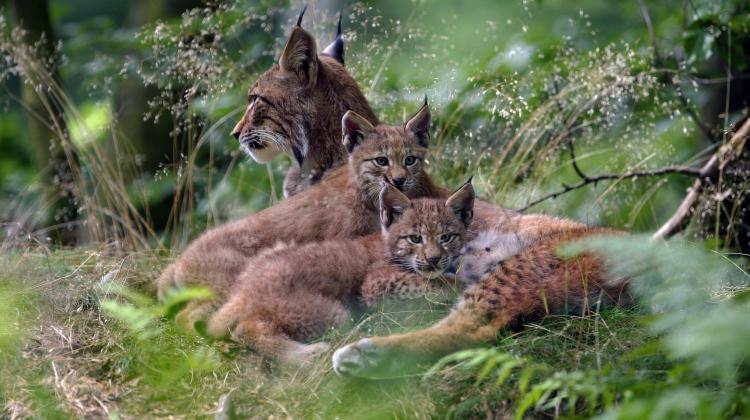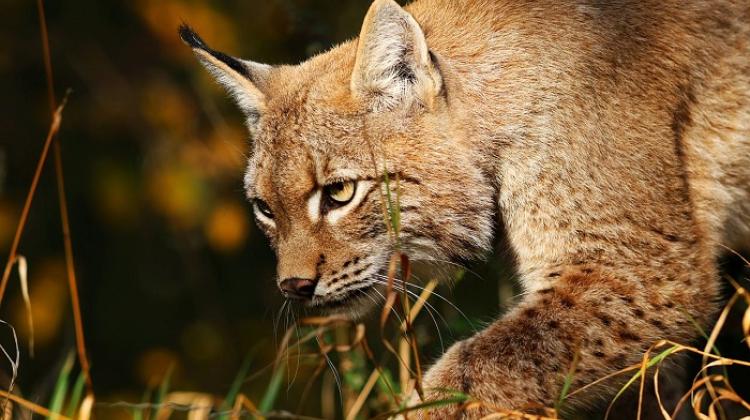Biologists from Białystok to help reintroduce lynx in Poland
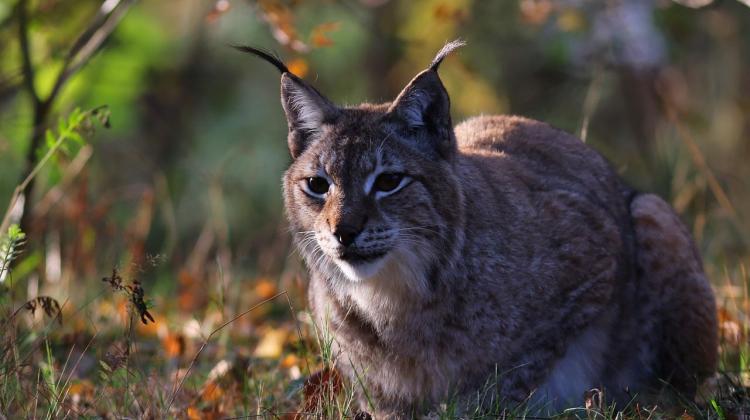 Credit: Professor Rafał Kowalczyk/ Mammal Research Institute PAS
Credit: Professor Rafał Kowalczyk/ Mammal Research Institute PAS
Polish scientists working on an international project will conduct genetic research on lynxes living in Poland. They will recommend animals for breeding at breeding farms and for release into the wild in a specific area. A database of lynx genotypes will also be created.
According to the University of Bialystok spokesperson Katarzyna Dziedzik, these activities will be carried out as part of the project 'Expanding the range of the lynx population in northern Poland'. The largest university in Podlasie signed an agreement on the matter with the West Pomeranian Nature Society. The value of the commissioned works is nearly PLN 520,000.
The expected results of the project activities include increasing both the number of animals (from less than 120 lynxes living in our country to 149), and the area in which they live (the current area of approximately 13,200 km2 is to be increased by a minimum of 4,000 km2).
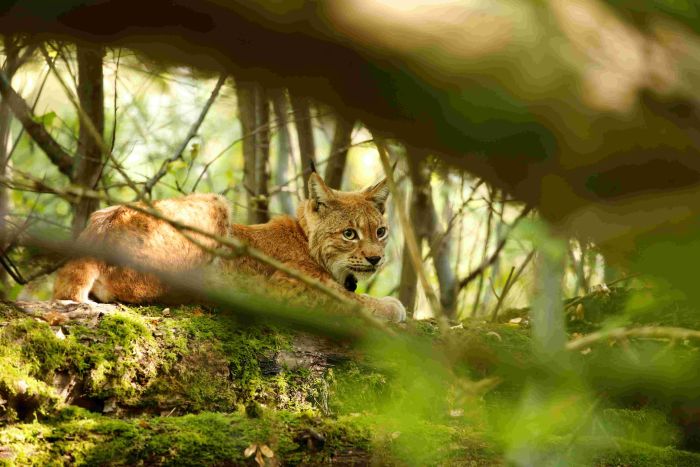
Reintroduction is the deliberate release, into old habitats, of native species of animals and plants that once lived there but were exterminated. Reintroduction is a measure that leads to the restoration of a species, i.e. rebuilding its population.
'The introduction, or more precisely, restoration of the so-called apex predators, which include lynxes, to areas dominated by humans, will contribute to greater balance in the ecosystem and its stability,’ says Professor Mirosław Ratkiewicz from the Department of Zoology and Genetics at the University of Bialystok, who - together with Dr. Maciej Matosiuk - will conduct genetic research on lynxes living in Poland.
Ratkiewicz explains that in practice, more predators means better regulation of the number of ungulates, for example. 'This, in turn, will improve the condition of forests, because ungulates feed on young tree shoots, among other things', says the researcher.
He adds: ‘When forest ecosystems function better, they will better protect us against climate change. Such self-regulation of the ecosystem is also important from the point of view of agricultural economy, because we can expect less damage from animals to crops in the vicinity of forests and less compensations paid to farmers due to such damage.’
In Poland, lynxes occur in two separate populations: the Carpathian populations and the north-eastern (Baltic) populations. Both are characterized not only by physical isolation, but also genetic distinctiveness.
'The future of the Baltic population is uncertain, and its long-term survival depends on increasing the number of local, genetically diverse populations of this species,’ says a press release from the University of Bialystok. At the same time, conditions are to be created for the movement of individuals and gene flow within the Baltic lynx metapopulation in Poland, Lithuania and Central Europe.
'To achieve this, individuals intended for reproduction and displacement must be carefully selected and have genetic features typical of the lowland population of this species, which will increase their chances of survival,’ the researchers say.
Scientists from the Faculty of Biology of the University of Bialystok will be responsible for genotype analyses of lynxes. Their research will include both the individuals bred in captivity and those born in the wild.
'We will determine the genetic relatedness of individual animals, their population affiliation and the level of genetic variability. To that end, we will use samples of blood, hair, other tissues, or lynx faeces. On this basis, we will recommend animals for breeding at breeding farms and for release into the wild in a specific area,’ says Professor Ratkiewicz.
Additionally, biologists from the University of Bialystok will develop a concept for the operation of the lynx genotype database and upload data from the performed analyses (including those provided by the project partners).
The university adds that Maria Truskolaska from the Eastern Technology Transfer Centre of the University of Bialystok will also be ‘involved in the project tasks.’
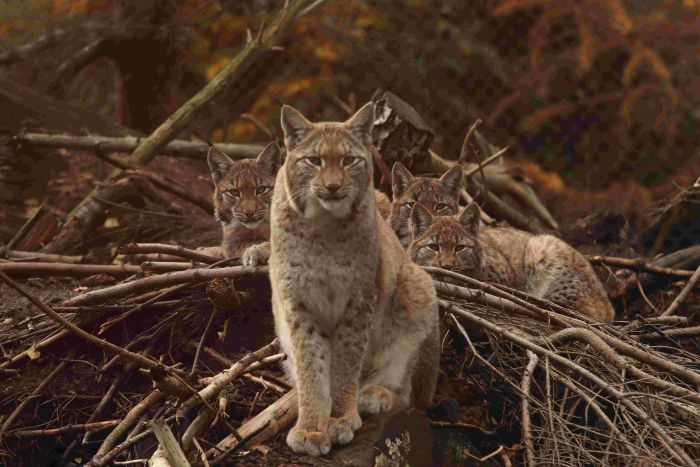
The international project 'Expanding the range of the lynx population in northern Poland' will be implemented in 2023-2028 by 3 countries: Poland, Lithuania and Germany, as part of the European LIFE programme. In Poland, the project will be implemented by the West Pomeranian Nature Society, in cooperation with the State Forests - Spychowo Forest District.
The West Pomeranian Nature Society has already completed one project devoted to lynxes with the participation of scientists from the University of Białystok, titled 'The return of the lynx to north-western Poland'. The project ended in 2022.
PAP - Science in Poland
amk/ bar/ kap/
tr. RL
Przed dodaniem komentarza prosimy o zapoznanie z Regulaminem forum serwisu Nauka w Polsce.





